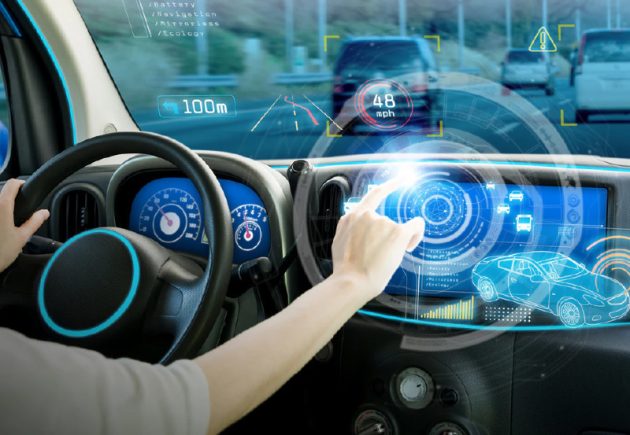
Frost & Sullivan: ADAS features, aerospace and defense technologies to propel global hardware-in-the-loop testing market
by CM Staff

System integrators are the fastest-growing component of HIL solutions, followed by software and hardware, reveals Frost & Sullivan.

Advanced Driver-assistance Systems (ADAS)
SANTA CLARA — Frost & Sullivan finds that the hardware-in-the-loop (HIL) testing market is gaining momentum following the development of vehicles with advanced driver-assistance systems (ADAS) capabilities. This growth is driven by the need for a solution that can cost-efficiently validate the number of electronic control units (ECUs) incorporated into these vehicles. The automotive industry accounted for 60.7% of all industry verticals in 2020 and generated $442.0 million in revenues. It also leverages innovative HIL solutions to test electric vehicles (EVs) and validate the function of the battery unit and other power electronics components. By 2026, the global HIL testing market is estimated to reach $1.30 billion from $728.3 million in 2020, up at an impressive compound annual growth rate (CAGR) of 10.2%. The aerospace and defense industry is another important vertical, and the entry of private companies into space exploration offers new opportunities for HIL testing companies.
For further information on the analysis, Accelerating Advanced Driver-assistance Systems (ADAS) Development Drives Growth in the Global Hardware-in-the-loop Testing Market, please visit: http://frost.ly/5hi.
“Vehicles with enhanced ADAS functionalities will involve a significant amount of sensors and embedded software that cannot be tested individually,” said Rohan Joy Thomas, Industry Analyst, Industrial Practice at Frost & Sullivan. “HIL testing will be crucial for simulating the drivability of the vehicle, reducing product development costs and time to market significantly.”
Thomas added: “Like with the automotive industry, the components and subsystems inside the aerospace and defense industry are becoming increasingly software-defined. With the rising amount of embedded software, a lot of the HIL testing has to be executed during the earlier phase of the development life cycle. Additionally, testing should be done for both components and the integrated system as a whole.”
Testing solutions system integrators are the fastest-growing component of HIL solutions, followed by software and hardware. In 2020, HIL system integration accounted for 35.3% of the entire market because it offers a custom test solution containing the best HIL test solution at a competitive price.
Market participants should focus on the following growth opportunities:
- Demand for EVs and autonomous vehicles in China: China is an important market for EVs and accounted for more than 50% of the global EV sales in 2020. HIL testing vendors should partner with Chinese vendors, engineering service providers, and other testing equipment manufacturers that provide crucial communications testing.
- Upsurge in Defense Spending and Commercial Space Exploration: While the A&D industry decreased during 2020, military spending increased. HIL testing vendors should work with the government and partner with its contractors to provide custom-based test solutions for the military.
- Rise of Smart Cities: The increase in the adoption of sensor technologies, open Internet of Things (IoT) platforms, and smart applications with the development of smart cities presents immense prospects for vendors.
- Aviation in Emerging Markets: Domestic air travel has witnessed an upswing in Asia-Pacific, primarily China and India. HIL testing will be required for airplanes that are more automated and equipped with electric or hybrid engines.